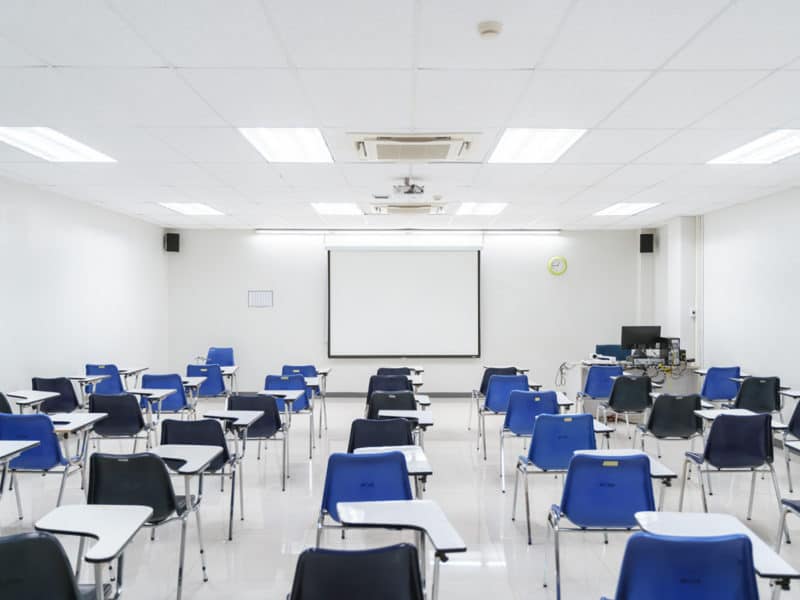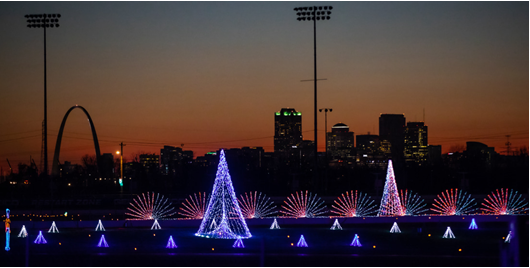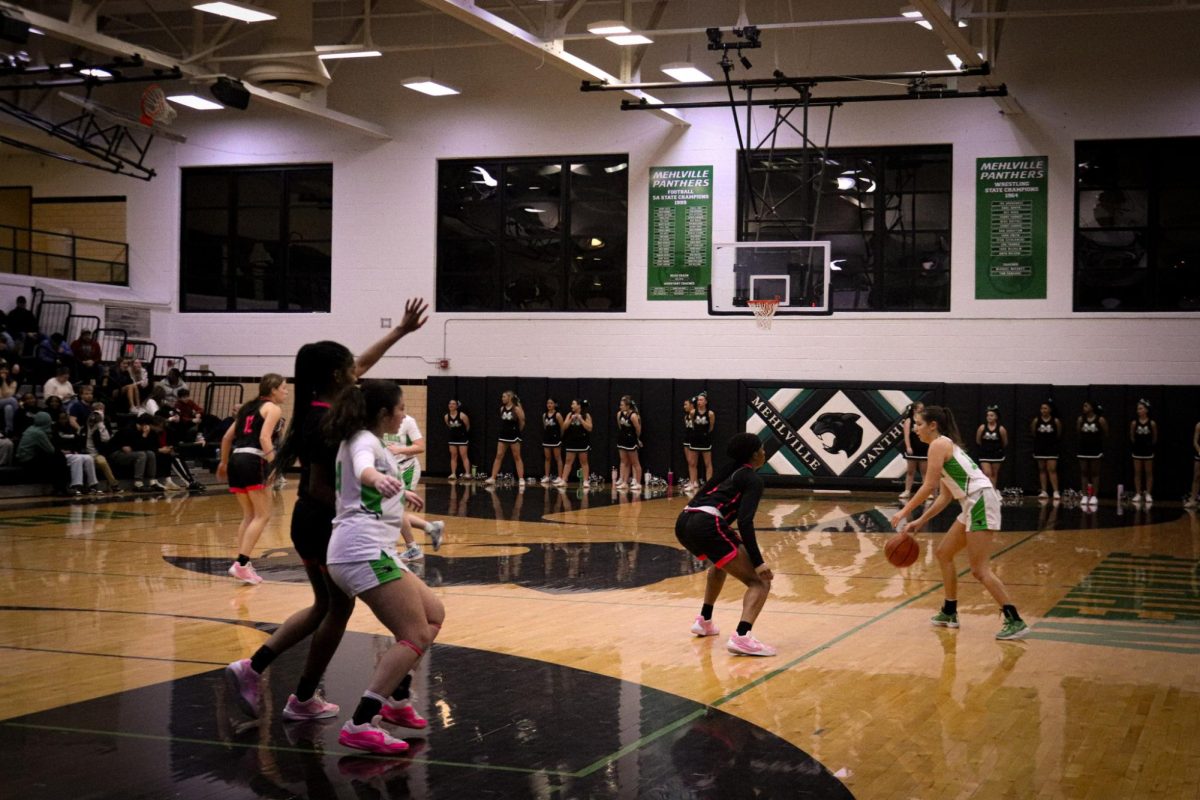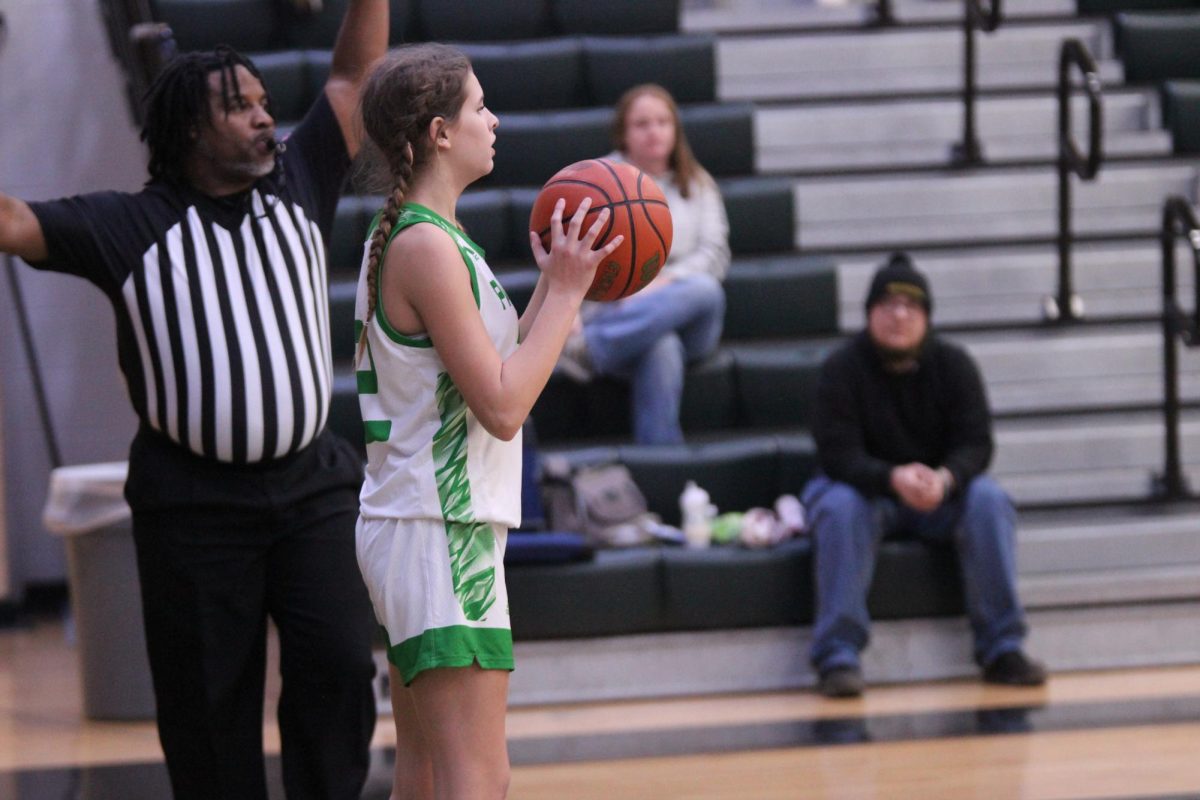Lighting is said to be one of the most important factors in the human environment, after food and water. Research has shown that it can impact the way students learn and focus in class. Fluorescent lighting has been shown to negatively affect students’ learning and productivity, which is why it should be used less.
Fluorescent lighting was introduced in the 50’s and is now widely accepted in hospitals and schools for its low cost, and high efficiency. According to ElectricRate.Com, the cost of running 30 bulbs of fluorescent lighting for 24 hours is $5.20. Though it has its appeals, recently, many studies have come out highlighting the negative effects of having fluorescent lighting in classrooms.
Doctor Hon K. Yuen and 5 others with the National Library of Medicine conducted a study on college students’ feelings about regular fluorescent lighting compared to filtered lighting.
The study states that “students expressed that regular white fluorescent lights triggered headaches during their time in the classroom, whereas, when the filters were in place, they noted their headache frequency decreased.” The fluorescent lighting in classrooms can be connected to health effects such as headaches and migraines, causing students to be less productive.
As well as the health and mental effects of fluorescent lighting that occurs in students, the lighting physically affects the working environment. The glare of lighting can get in the way of learning and focus. As a part of the National Library of Medicine’s study, they applied filters over existing classroom lighting, which dims the ceiling lights.
Students from Yuen’s study said, “The filters allowed them to view the whiteboard at the front of the classroom more easily than they could in unfiltered light.” This proves that using fluorescent lighting in schools and classrooms gets in the way of learning for students.
Some teachers use alternatives to reduce the use of fluorescent lighting. Known alternatives are LED lighting, and light filters. Though many schools frown at the idea of replacing fluorescent lighting with LED lighting due to its high cost, there are other cheaper alternatives as well. Many teachers use smaller lamps and string lights in their classrooms to eliminate the need to use ceiling fluorescents. Light filters are also an accessible and cost-effective option that simply go over regular fluorescent lights. These options might not work for some teachers due to limited budgets, but natural lighting is a great alternative as well. A study conducted by Sorbonne University, concluded that academic performance can increase by up to 15% when students work in classrooms with larger windows. This shows that using smaller lighting fixtures or natural lighting more frequently in classrooms benefits students’ ability to learn and be productive.
Fluorescent lighting might be helpful and cost-friendly to districts, but people should pay more attention to its negative effects. Teachers should try using alternatives to better their students, as well as themselves. In the long run, using fluorescent lighting less will prove to be beneficial for learning environments.
















